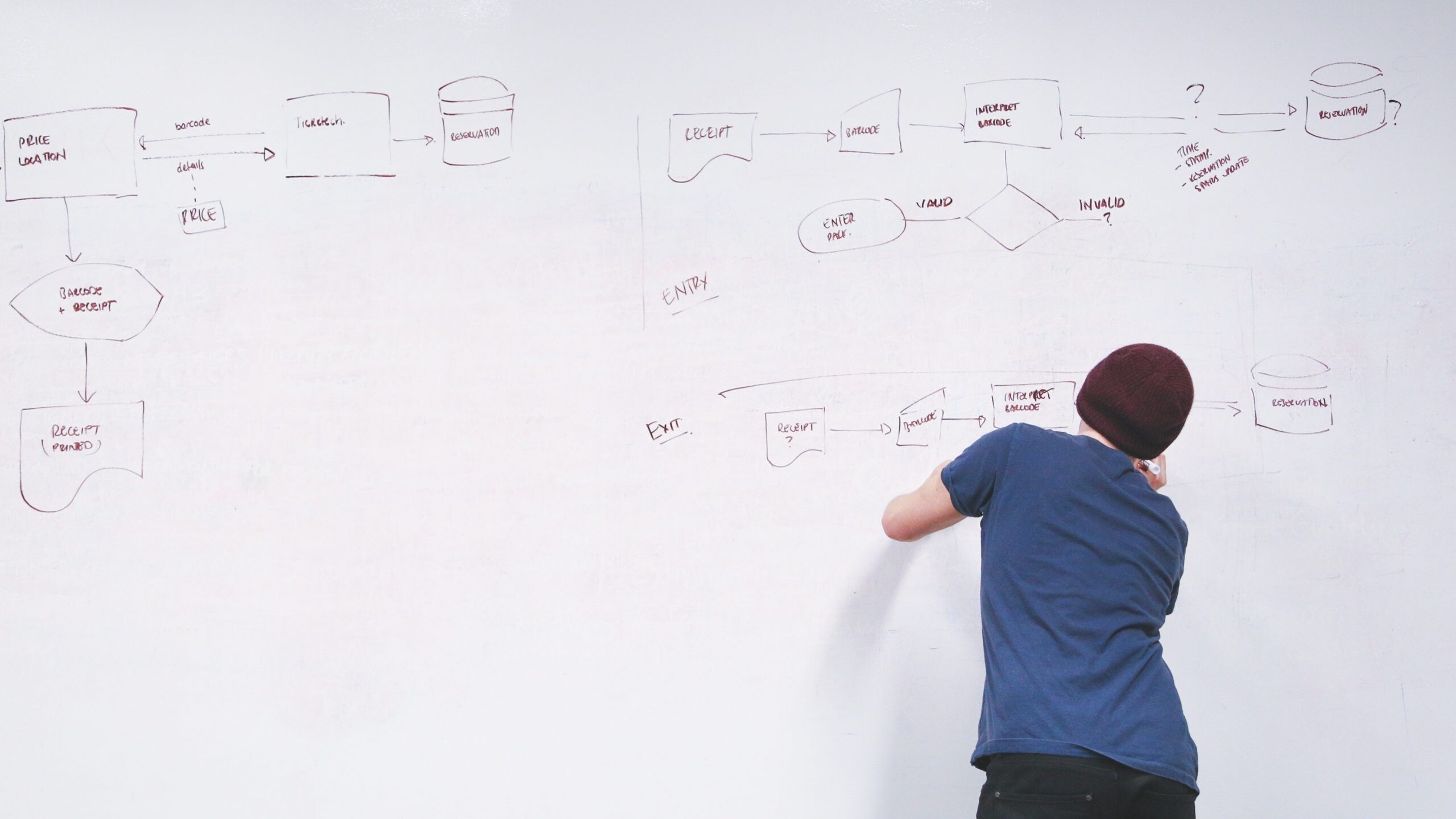- Home
- Collective
- Collaboration
Collaboration
In branding and marketing strategy – as with many other industries – collaborative efforts typically have far better results than projects handled by only one person. Though collaboration has turned into a service-based cultural buzzword seen all over the place (a little like innovation), its an elusive achievement that many don’t fully understand. When most companies need branding work, the first thing they think about is finding the right designer for the job. A great designer is definitely capable of creating a solid design but cannot do all the heavy lifting with regard to strategy and planning. Creating an award-winning design or campaign is a team effort. There are many parts of developing a brand that most people aren’t aware of, especially if the goal is to create an outstanding final product.
To create a true culture of collaboration that permeates an organization, a team must recommit to the process every day, with every kickoff and every huddle encouraging an ongoing responsibility to produce the best creative outcome.

Agility
The team must be nimble in their ability to move from idea to concept, being inclusive of the whole team as the innovation can come from any level. Veering away from a traditional hierarchical structure will allow a greater chance for a truly collaborative environment to be fostered.
Diversity
The goal of collaboration is to deliver a better product than you would have on your own. Committing to a culture of diversity within the life of a project, as well as throughout the team or agency will bring differing opinions, perspectives and outcomes. When building a team of stakeholders for a project, ensuring that as many departments or backgrounds are present and utilized – relative to the needs of the job at hand – will ensure an optimal product.
Goals
With so many opinions and egos in any given creative process, it is imperative that a team works together in understanding the true goal of the project. When kicking off a project, clearly working through the requirements to determine the best route is of the utmost importance. As we all know, many projects take right and left turns, changing course almost constantly, so a creative brief can go a long way in getting everyone on the same page as to what the initial goals were.
Listening
Everyone wants to be heard. This is a common fact, particularly in the creative industry. However, there are the few that have great ideas, but are steamrolled by the aggressive ‘talkers’ in a group. This may take some self-awareness, but it’s important to acknowledge who is not talking, but not call them out. Rather, work to foster an environment where everyone can speak their minds. Think of every suggestion as the possible ‘million dollar idea’, taking everything into consideration. One never knows where the next breakthrough innovation will bubble up.
Benchmarks
We might hate to admit it, but taking full advantage of a creative team requires some structure. With traditional project management, senior team member clout and hiccups to a project can kill collaboration – it’s important to create some sort of a loose project process to follow. Whether weekly meetings, brainstorm sessions or an internal collaboration based software, benchmarks can be of great use in allowing a team to see progress in the works.
Communication
Open and continual communication within a team is absolutely critical. Many times people assume or are afraid to ask about how a project is coming along, thus leading to extended delivery times and a decreased level of positive culture. Being as honest as possible will allow for greater trust and flow of ideas.
Photo by bongkarn thanyakij from Pexels
Next Item
Make a plan to achieve the goal

Related Articles
Understanding User Interface (UI)
July 10, 2024
Cognitive Fluency: Enhanced User Experience (UX)
July 10, 2024
Early Stage Prototyping in UI/UX Design
July 9, 2024


